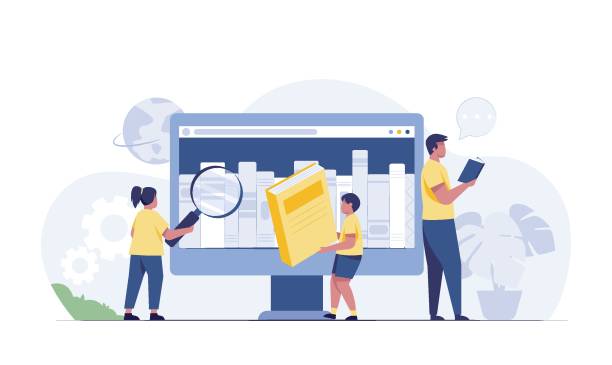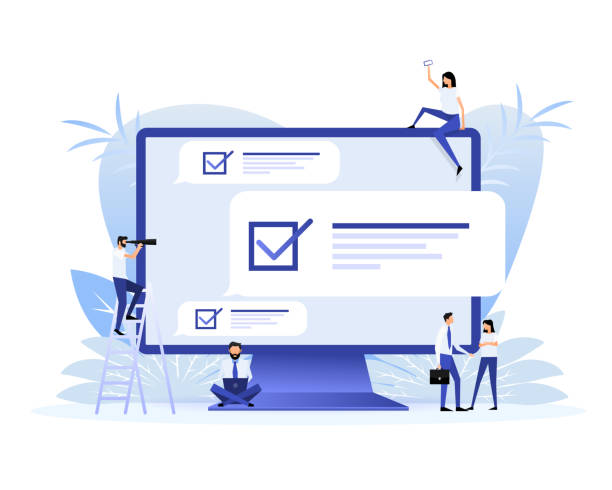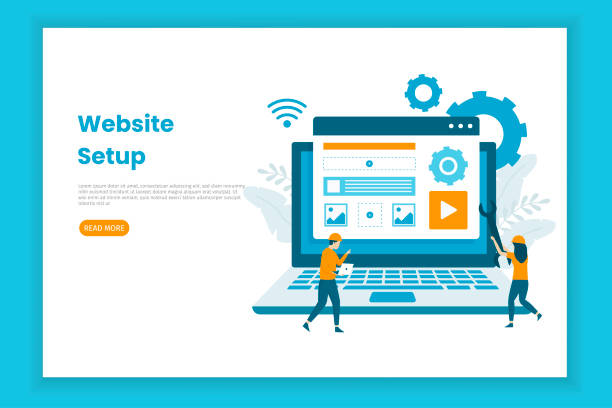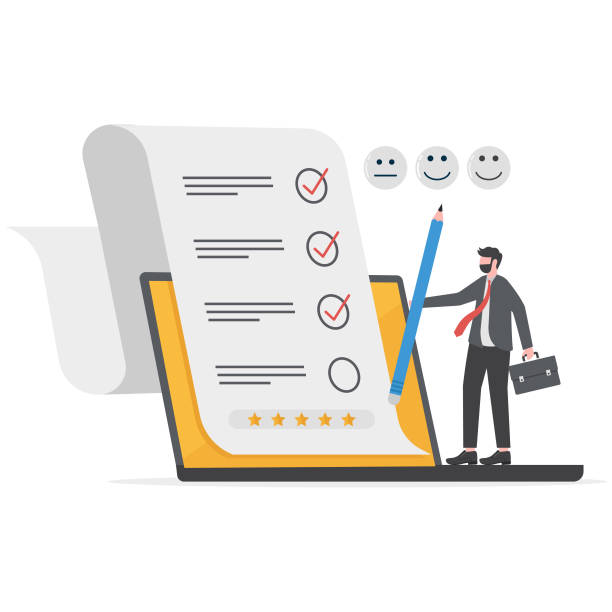Why Does Everyone Need a Personal Website?
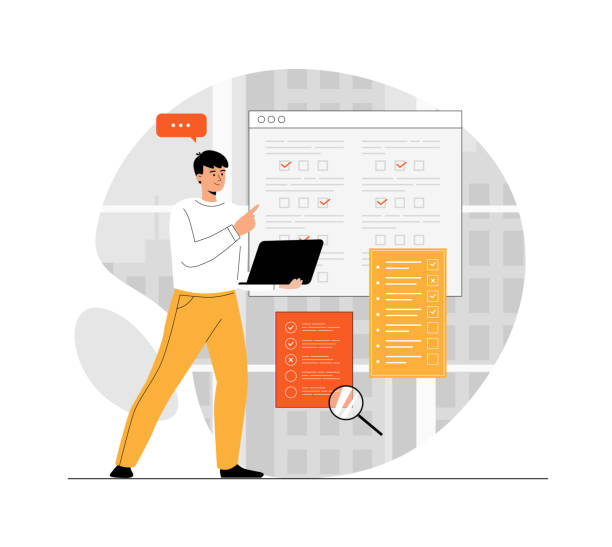
In today’s world, where communication boundaries are constantly expanding, having a strong online presence has become more vital than ever for everyone, from freelancers and specialists to artists and entrepreneurs.
#Designing a personal website is no longer a luxury choice, but a powerful tool for #building a personal brand and #showcasing capabilities.
A personal website allows you to have complete control over your narrative and present your message, works, or services directly to your audience without intermediaries.
This dedicated space acts as your digital portfolio, where you can showcase your work samples, articles, resume, and achievements in an organized manner.
Unlike social platforms that have their own rules and algorithms and may limit your access to audiences, a personal website is entirely yours to control.
This means you can manage your content and focus on its growth with peace of mind, without worrying about sudden policy changes.
Designing a personal website helps you clearly demonstrate your credibility and expertise, and gain a special place in the minds of your audience.
It is not only a powerful marketing tool but also provides a platform for continuous learning and deeper interaction with a community of like-minded individuals.
Did you know that 85% of customers check your company’s website before any interaction?
With RasawWeb, build a corporate website that reflects your credibility.
✅ Increase credibility and customer trust
✅ Attract high-quality leads
⚡ Get free website design consultation
Initial Planning and Strategy for Website Design

Before any practical steps in personal website design, the initial planning and strategy development phase is of paramount importance.
This fundamental step forms the cornerstone of a successful and efficient website.
First, you need to define your main goal for building the website.
Are you looking to showcase your portfolio, offer services, sell products, or share your knowledge and experiences? Defining your goal helps you choose the content, structure, and visual design of the site with greater precision.
Next, identify your target audience.
Knowing who you are writing for or what services you are offering will be effective in shaping the tone, style, and even keyword selection.
This analytical stage also includes examining competitors and similar websites to identify their strengths and weaknesses and differentiate your own website.
After defining goals and audiences, it’s time to develop a sitemap.
This map outlines the logical structure of pages and how they connect to each other.
For example, you can consider main pages such as ‘About Me’, ‘Services/Products’, ‘Portfolio’, ‘Blog’, and ‘Contact Us’.
Also, keyword research for SEO begins at this stage; by identifying the words your target audience uses in search engines, you can optimize your content to appear higher in search results.
A precise plan smooths the design and development path and prevents wasted time and resources.
This initial strategizing will ultimately lead to an effective and fruitful personal website.
Choosing the Right Platform and Tools for Website Building

After thorough planning, the next step in personal website design is choosing the right platform and tools.
This choice directly impacts the ease of management, flexibility, and maintenance costs of your website.
There are several popular options for building a personal website, each with its own advantages and disadvantages.
Content Management Systems (CMS) like WordPress, Joomla, and Drupal are among the most common options.
WordPress is the top choice for many due to its ease of use, numerous plugins, and large user community.
This platform is suitable for both beginners and professional developers, offering the possibility to design personal websites with diverse functionalities.
In addition to CMSs, no-code website builders like Wix, Squarespace, and Weebly also exist, offering ready-made templates and drag-and-drop functionality, allowing users to build their websites without any technical knowledge.
These tools are ideal for those looking for a quick and easy setup, but they may have limitations in terms of flexibility and customization.
Alongside the platform, choosing hosting and a domain name is also very important.
A domain name (e.g., yourname.com) is your online identity and should be short, memorable, and relevant to your name or field of activity.
Hosting is the space where your website files are stored and should be chosen from a reputable provider with good support and adequate speed.
Making the right decision at this stage creates a solid foundation for the future growth and development of your website.
| Feature | WordPress (CMS) | Website Builders (Wix/Squarespace) |
|---|---|---|
| Ease of Use | Medium (requires initial learning) | Very High (drag and drop) |
| Flexibility and Customization | Very High (plugins and coding) | Medium (limited to templates) |
| SEO Capability | Very Good (with specialized plugins) | Good (some limitations) |
| Initial Cost | Low (hosting and domain only) | Medium to High (subscription plans) |
| Technical Knowledge Required | Medium (learnable for beginners) | Almost Zero |
Content Production and Basic SEO Principles for a Personal Website
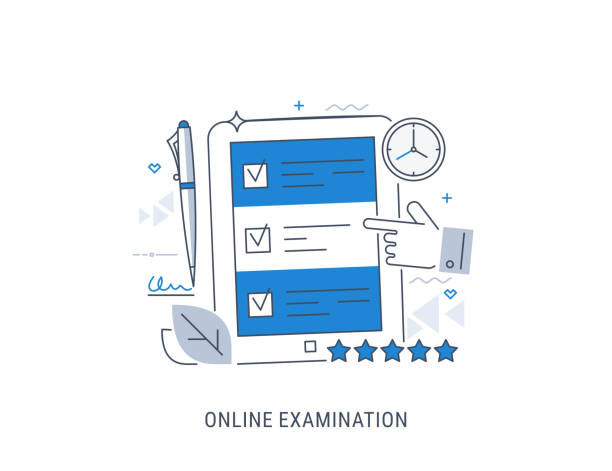
After choosing the platform and preparing the infrastructure, it’s time for the most important part: producing high-quality content and optimizing for search engines (SEO).
Content is king, and this statement also applies to a personal website.
Your content must be unique, valuable, and engaging for your target audience.
This includes text, images, videos, and any other form of media that conveys information.
For a personal website, you can produce blog articles, case studies, project image galleries, client testimonials, and even short podcasts.
Regularly add new content to keep your audience returning to your site and for search engines to evaluate it as active and relevant.
SEO (Search Engine Optimization) principles play a vital role in your website’s visibility.
The first step is appropriate keyword research for each page and content.
Use tools like Google Keyword Planner or Ahrefs to find highly searched and relevant keywords for your field of activity.
Naturally incorporate these keywords into titles, headings, main text, meta descriptions, and page URLs.
Image optimization using appropriate Alt tags, improving website loading speed, and ensuring the responsiveness (Responsive Design) of the website for proper display on mobile and tablet are also key pillars of on-page SEO.
To increase website authority in the eyes of search engines, building high-quality backlinks from other websites is also very effective.
By focusing on excellent content production and adhering to SEO principles, your personal website will gradually become a reputable reference in your specialized field.
Does your company’s website create a professional and lasting first impression in the minds of potential customers? RasawWeb, with its professional corporate website design, not only reflects your brand’s credibility but also paves the way for your business growth.
✅ Create a powerful and trustworthy brand image
✅ Attract target customers and increase sales
⚡ Get free consultation
Principles of Visual Design and User Experience (UX) in a Personal Website
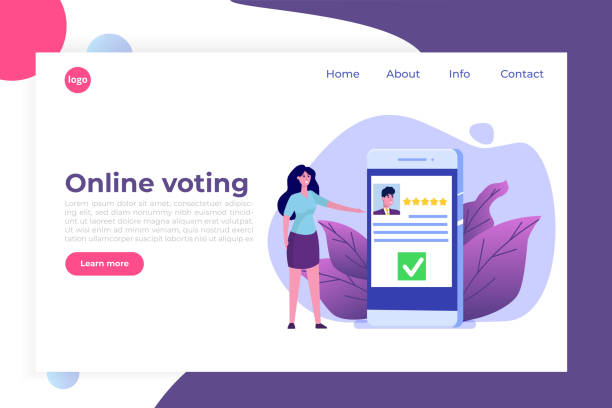
Visual aesthetics and user experience (UX) are two inseparable factors in the success of a personal website.
An attractive and user-friendly design not only attracts visitors but also encourages them to stay and interact more with your content.
In visual design, choosing an appropriate color palette, legible and harmonious fonts, and balanced use of whitespace to prevent clutter are of high importance.
Your visual identity should reflect your personality and brand, so consistency in design style across the entire website is essential.
Use ready-made design templates that are both aesthetically pleasing and easily customizable to align with your identity.
User experience (UX) deals with how users feel when using your website.
Good UX means that users can easily find what they are looking for, without confusion or frustration.
This includes simple and intuitive navigation (clear and accessible menus), high page loading speed, and responsive design that correctly displays your website on any device, from desktop to mobile.
Clear and specific Calls to Action (CTA), simple and fillable contact forms, and on-site search functionality all contribute to improving user experience.
Testing the website with real users can reveal hidden weaknesses in UX.
Remember that successful personal website design is a combination of aesthetics and flawless functionality that gives your users a sense of comfort and satisfaction.
Advanced Features and Customization to Differentiate Your Site
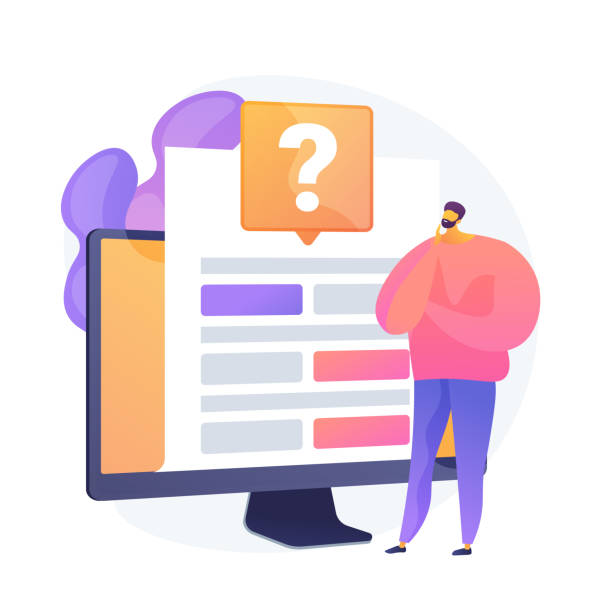
After launching a basic personal website, you can differentiate it from other websites and enrich the user experience by adding advanced features and customizations.
These actions give your website a unique personality and increase user engagement.
For example, adding an active comments section on blog or content pages can help create a community and two-way interaction with your audience.
Also, adding social media feeds allows users to easily follow you on other platforms and share your content.
For specialists and artists, dynamic and high-quality image or video galleries are very effective for showcasing portfolios.
Membership and user profile creation functionality can add value for users if you offer exclusive content or training courses.
Implementing a Live Chat system is also ideal for quickly answering visitors’ questions and improving customer support.
For those who produce video content, embedding video players with advanced and automatic features provides a better visual experience.
Also, using subtle and interactive animations in specific sections of the website can make it more vibrant and appealing, though care must be taken that these animations do not reduce site loading speed.
Customizing personal website design with dedicated coding (CSS, JavaScript) for specific elements allows you to go beyond default templates and create a truly unique look that accurately reflects your brand.
It is this attention to detail that sets your website apart from the rest.
Maintenance, Security, and Continuous Updates for a Personal Website

Launching a personal website is just the beginning; continuous maintenance, security, and updates are vital steps to ensure its long-term stability and effectiveness.
Website security is of paramount importance, as cyber-attacks can compromise your and your users’ information, render the website inaccessible, or damage your brand.
Installing an SSL (Secure Sockets Layer) certificate, which starts your site’s address with HTTPS, is the first essential step for encrypting information and building user trust.
Furthermore, using strong passwords, regularly updating your Content Management System (like WordPress), plugins, and themes, and employing Web Application Firewalls (WAFs) and security plugins are among the key measures to protect your website.
Regular backups of all website files and databases are a crucial protective layer against data loss in case of issues.
These backups should be performed both automatically and manually and stored in a secure location (such as cloud storage or an external hard drive).
In addition to security, website performance optimization should also be continuously reviewed.
Site loading speed, image optimization, caching, and the use of Content Delivery Networks (CDNs) can improve user experience and boost SEO rankings.
Monitoring website statistics with tools like Google Analytics helps you understand user behavior and identify weaknesses.
Proactive and informed maintenance ensures that your personal website is always in its best condition and ready to welcome visitors.
| Action | Description | Frequency |
|---|---|---|
| Update CMS/Plugins/Theme | Install latest versions for security and features | Monthly or immediately upon release |
| Website Backup | Save full copy of files and database | Weekly or after any major change |
| Check for Broken Links | Ensure all links function correctly | Monthly |
| Image and Speed Optimization | Compress images, use caching | Periodically (every 3-6 months) |
| Security Check | Scan for malware and vulnerabilities | Weekly or monthly |
Monetization and Growth Strategies for a Personal Website
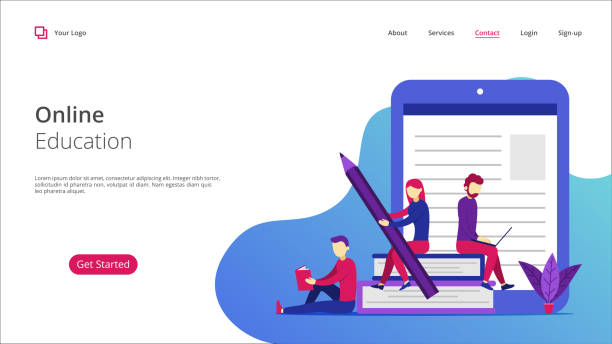
A personal website can not only be a platform for showcasing capabilities but also has the potential for monetization and personal and professional growth.
If your goal for designing a personal website is to earn income or expand your activities, you must consider appropriate strategies.
One of the most common methods is direct sales of services or products.
This can include selling online courses, e-books, artworks, consultations, or any type of service you offer online.
For this, you need a secure payment system and a user-friendly store page.
Another method is advertising and affiliate marketing.
By joining affiliate marketing programs, you can introduce others’ products or services on your website and receive a percentage of sales.
Of course, this should be done in a way that is relevant to your content and does not harm your credibility.
Offering premium content or special memberships can also be a source of income; for example, access to more specialized articles, webinars, or a private community for paying members.
Strong personal branding through your website can help you attract new job opportunities, speaking engagements, and profitable collaborations.
High-quality and specialized content introduces you as an authority in your field, and this credibility gradually translates into financial opportunities.
Also, collecting audience emails and creating an email newsletter is a direct channel for communicating with your audience and marketing your products and services.
Growing a personal website requires continuous time and effort, but with a clear strategy and proper execution, it can become a sustainable center for income and professional growth.
Did you know that 85% of customers check your company’s website before any interaction?
With RasawWeb, build a corporate website that reflects your credibility.
✅ Increase credibility and customer trust
✅ Attract high-quality leads
⚡ Get free website design consultation
Common Mistakes in Personal Website Design and Ways to Avoid Them
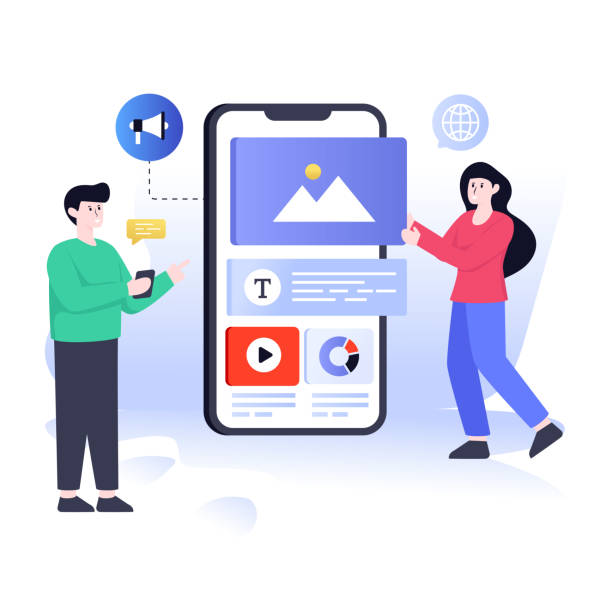
On the path to designing a personal website, many people make mistakes that can harm its effectiveness and success.
Awareness of these common mistakes and learning how to avoid them can save your time, energy, and resources.
One of the biggest mistakes is failing to define a clear goal and target audience.
Without clear goal-setting, your website will be aimless and unfocused, unable to attract a specific audience.
The solution is to carefully define your goals and conduct market research before starting anything.
Another mistake is neglecting user experience (UX).
A beautiful but difficult-to-navigate website quickly frustrates users and makes them leave the site.
Ensure your site is responsive, has high loading speed, and its navigation menus are clear and understandable.
Also, neglecting SEO will prevent your website from being seen in search engines.
Even the best content will have limited reach if not optimized.
Keyword research, using appropriate title and meta tags, and a friendly URL structure are fundamental principles.
Inattention to security and backups can also be disastrous.
Losing data or having your site hacked is irreparable.
Regularly back up your site and use security solutions like SSL and firewalls.
Finally, irregular or low-quality content production damages your credibility.
Your content should always be fresh, relevant, and valuable.
By avoiding these common mistakes, you can ensure that your personal website design progresses as best as possible and you achieve your goals.
The Importance of Personal Branding Through a Website

In the digital age, personal branding is gaining increasing importance, and a personal website stands at the center of this process.
Personal branding means managing how others perceive you; how you are known in the minds of your audience, colleagues, and potential employers.
A personal website is an ideal platform to control this narrative.
You can carefully select and organize the content you want the world to know about you.
This includes not only your resume and portfolio but also your values, work philosophy, and even personal interests that help audiences connect with you on a deeper level.
A personal website equipped with original and high-quality content introduces you as an expert and reliable authority in your field.
This credibility opens doors to new job opportunities, business collaborations, speaking invitations, and larger projects.
By publishing specialized articles, case studies, or analytical insights, you can showcase your knowledge and expertise, and over time, become a leading voice in your industry.
Furthermore, a personal website allows you to operate beyond the limitations of social platforms.
While social networks are excellent for quick communications, your website provides a stable and professional space to present full and comprehensive details.
Investing in personal website design is essentially investing in your professional future and reputation, as this platform helps you showcase the best version of yourself to the world and step onto the path of success.
Frequently Asked Questions
| Question | Answer |
|---|---|
| Why should we have a personal website? | A personal website helps you build your personal brand, showcase your skills and portfolio, connect with your audience, and gain new career opportunities. |
| What steps should be taken to design a personal website? | The steps include defining your goal, choosing a domain name and hosting, selecting a platform (e.g., WordPress), designing the user interface, content creation, optimizing for search engines (SEO), and launching. |
| Do I necessarily need to know how to code to design a personal website? | No, by using Content Management Systems (CMS) like WordPress or Website Builders like Wix and Squarespace, you can design your website without needing to code. |
| What is a Domain Name and how do I choose one? | A domain name is your website’s address on the internet (e.g., yourname.com). It’s best to choose a name that is short, memorable, relevant to you or your business, and has an appropriate extension (like .com, .ir). |
| What is Hosting and why do I need it? | Hosting is a space on the internet where all your website’s files and information (such as images, texts, codes) are stored to be constantly accessible to users. Without hosting, your website will not be viewable. |
| What should the content of a personal website include? | Content typically includes an About Me page, portfolio, services/skills, a blog (articles), contact information, and a contact form. |
| How can I optimize my personal website for search engines (SEO)? | By using relevant keywords, producing high-quality content, improving website loading speed, being mobile-responsive, building internal and external links, and optimizing title and meta tags. |
| Why is Responsive Design important for a personal website? | Responsive design ensures that your website displays correctly on all devices (computers, tablets, mobiles) and provides a good user experience, which is also important for SEO. |
| What should I do for personal website security? | Use an SSL certificate (HTTPS), regularly update platforms and plugins, use strong passwords, perform regular backups, and install a firewall or security plugins. |
| How can I increase my personal website’s traffic (visitors)? | Through SEO optimization, content marketing (blogging), social media activity, email marketing, online advertising, and collaboration with other websites. |
And other services of RasawWeb Advertising Agency in the field of advertising
Smart Link Building: A combination of creativity and technology for customer acquisition through custom programming.
Smart Digital Advertising: Transform sales growth with the help of user experience customization.
Smart Advertising Campaign: A combination of creativity and technology for customer acquisition through marketing automation.
Smart Customer Journey Map: A fast and efficient solution for digital branding focused on Google Ads management.
Smart Advertising Campaign: A new service to increase click-through rates through SEO-driven content strategy.
And over a hundred other services in the field of internet advertising, advertising consulting, and organizational solutions
Internet Advertising | Advertising Strategy | Advertorials
Resources
10 Tips for Designing a Successful Personal WebsiteWhy Does Everyone Need a Personal Website?Comprehensive Guide to Choosing an Appropriate Domain NameResponsive Web Design Tutorial for Websites
? Are you ready to transform your business in the digital world? RasawWeb Afarin, with expertise in comprehensive digital marketing services, including corporate website design, paves your path to growth.
📍 Tehran, Mirdamad Street, next to Bank Markazi, Kazerun Jonubi Alley, Ramin Alley, No. 6

